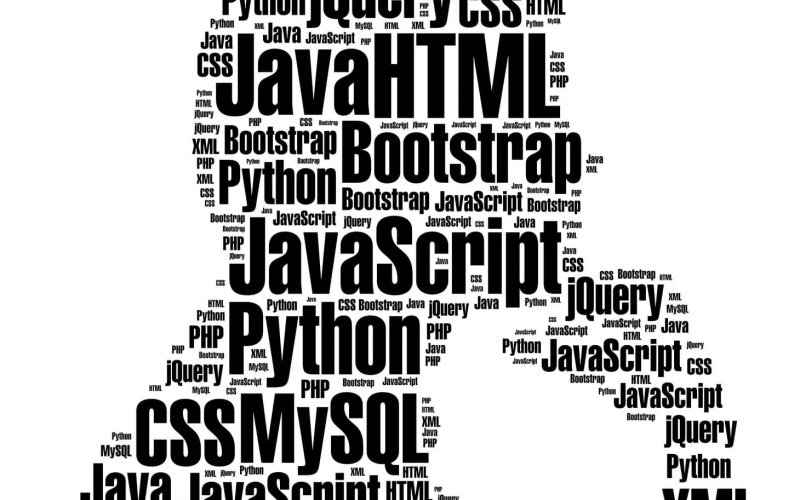The latest version (6.11.0) of HMS Core Scan Kit is now available, and this article aims to share some of its exciting new features with you:
- The kit adds the decode API that is available to both camera-based and image-based barcode scanning scenarios.
This API supports image data in NV21 format (which is output by your custom camera API) and multi-barcode recognition. Compared with decodeWithBitmap, an API released in an earlier version that supports only the bitmap format, the decode API saves time converting the image format and delivers a faster barcode scanning process in the camera-based mode.


